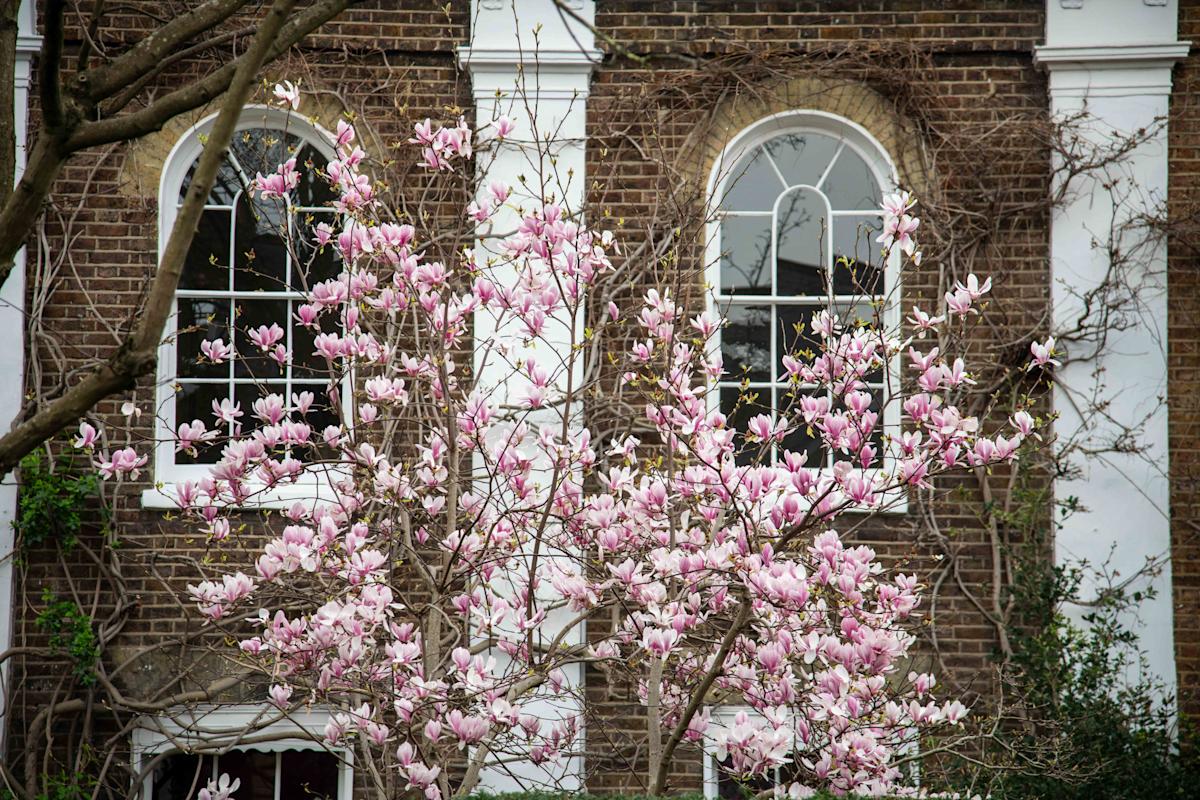The average UK monthly private rent rose to £1,344 in the 12 months to June, but in London, tenants are paying an average of £2,252, the highest in the country.
Figures released by the Office for National Statistics (ONS) showed monthly rents in the private sector rose 6.7% or £84 to £1,344 over the 12-month period. This marks a modest slowdown from May’s annual growth rate of 7% and a further retreat from the 9.2% peak recorded in November last year.
London remained the most expensive region for renters, with monthly rents reaching £2,252, the highest in the UK. At the opposite end of the scale, the North East recorded the lowest average rent, at £ 734.
The disparity was even more pronounced at the local authority level — in June, tenants in Kensington and Chelsea paid an average of £3,616 per month, while those in Dumfries and Galloway paid just £521.
Read more: First-time buyers on £30k salary now able to apply for mortgage
England saw average rents rise to £1,399 in June, a 6.7% annual increase, or £88 more than the previous year. Though still high, this marks a slowdown from the 7.1% rise in May.
Regional differences were stark. The North East posted the fastest rental growth in England, with a 9.7% year-on-year increase, while Yorkshire and the Humber saw the slowest growth at 3.5%.
In Wales, average rents climbed 8.2% to £804, below the 9.9% high of November 2023. Scotland’s rental growth was more subdued, rising 4.4% to an average of £999.
Northern Ireland recorded a 7.6% increase in April — the latest ONS data available for the region — bringing average rents to £852. Northern Ireland’s annual inflation rate has generally been slowing since the record-high annual rise of 9.9% in April 2024.
Outside the capital, the highest local average rent in June was in St Albans in the East of England, at £1,869.
Rents also varied significantly by property type and size. Detached homes attracted the highest average monthly rent at £1,533, while flats and maisonettes were the most affordable, at £1,318. Properties with four or more bedrooms commanded the highest rents overall at £2,007, compared with £1,091 for one-bedroom homes.
The rise in rental prices was parallel to the rise in house prices. The average UK house price increased by 3.9% in the year to May to £269,000, with the annual growth rate rising from 3.6% in April.
Average house prices increased to £290,000 in England (3.4% annual growth rate), £210,000 in Wales (5.1%), and £192,000 in Scotland (6.4%) over the 12 months to May.
Richard Donnell, executive director of research at Zoopla, said: “Lower, single digit house price inflation is positive for the market as there is just enough price growth to encourage sellers to list their homes and buyers to make offers on property without the fear that prices may fall or suddenly surge higher.
“We expect price inflation to remain low as there are the most homes for sale in seven years, averaging 37 per estate agent.”
Separate data from estate agent Foxtons revealed that London’s lettings market saw a rise in supply and increased renter activity.
Average weekly rent was up 1% from May to £593, higher than in June 2024. Applicant registrations increased by 21% month-on-month, just 4% below last year’s level.
Read more: Major lenders offer better sub-4% mortgages amid mini price war
Central London saw registrations rise by 4% compared to June 2024, and the North was up 5%. The East dropped 6%, while the South and West were down 15% and 22% year-on-year.
The number of new property listings reached almost 45,000 in June, marking an 18% rise from May and the strongest supply in four years.
Listings were 13% higher than last year in the first half of 2025. They increased 1% from May to stand at £593 per week, ahead of June 2024.
Gareth Atkins, managing director of Lettings, said: “The London lettings market showed strong signs of stability in June, with applicant numbers rising 21% from May and new listings at their strongest level in four years. This increase in supply is helping to ease pressure on renters, as seasonal demand increases, and with more applicants in the market, good landlords will see strong demand across the capital.
“As we move into the summer, we expect this healthy balance between supply and demand to continue, offering more choice for renters and a stable and predictable environment for London’s landlords.”
Read more:
Download the Yahoo Finance app, available for Apple and Android.
